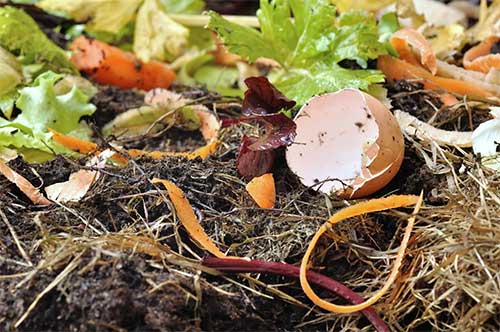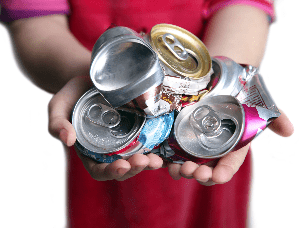When most people love the location, but hate the house, they renovate. However, in some cases, the house might not even merit a renovation. Keep your budget, your patience, and your housing dreams safe by demolishing your home instead if you find yourself in any of the situations listed below. If the signs below seem familiar, you’ll benefit from a complete do-over rather than a renovation.
1. The House Has a Faulty Foundation or Other Structural Issues That Are Beyond Repair
This point should be one of the biggest factors in your decision. Do you notice cracks or buckling in your foundation? Have the structural supports in your walls and ceilings stayed strong and firm? If you have noticed severe problems with your home’s structure, or if you’ve noticed extensive moisture and mold damage in different areas, you might want to completely rebuild instead of simply renovating that portion.
However, a home only needs a complete rebuild if it has extensive damage. If you only see problems in one room (and you like the house otherwise), then you should only renovate. Call a local housing contractor to inspect the damage to your home if you can’t tell how much it has spread.
2. Local Councils and Other Organizations Have Height, Width, and Length Restrictions
If local HOAs and government agencies do not allow you to add rooms to your home, but you hate your home’s current layout, you might want to demolish and rebuild. However, before you take this step, make sure you know the structure placement restrictions for your area. They may have changed since contractors built your home, and you may have less space to rebuild than you think.
3. Your Property Doesn’t Give You Space for Additions
Maybe your HOA or local council have nothing to do with your decision. You should still check on their restrictions, but if you’ve already filled your property so much that you can’t add new nooks or rooms, their word doesn’t matter so much. You’ll have to knock down your house anyway to get the layout and space that you need.
However, remember that if you already like your house enough, a rebuild simply for this reason might not merit the expense. Consider knocking out some walls or finishing a basement, garage, or attic instead.
4. Your Home Requires So Many Renovations That It Costs More Than a New Home
Your budget should be a major factor in your decision as well. If you will spend more money on extensive renovations than you would if you built a new home, then you might as well build a new home. Do not spend money unnecessarily.
5. You Don’t Own a Historically Significant Building, but It Is an Old One
An old building will not last as long as a new one, so if you plan to live in your home for decades to come, and you don’t like the problems that come with its age, knock it down and start fresh. However, when you own a historically significant building, think twice. It may have legal protections. It may also have cultural significance for your community, and you might face backlash if you ruin or change it.
6. You Have No Emotional Attachment to the House’s Current Materials and Layout
If you just can’t stand the sight of your home’s interior or exterior because of its cramped spaces and outdated features, go ahead and knock it down. Just make sure your budget can weather the expense first.
7. Your Property Would Be More Marketable as a Vacant Lot
Maybe you want to sell your property before a move, but you know that the house makes the land worth less, not more. Take this opportunity to demolish the structure and sell your home as a vacant lot. People who want custom homes will jump at the opportunity.
Demolish the home on your property if you find yourself in any of the above circumstances. But don’t tackle this project on your own. Make sure you hire a professional to do it for you so you can avoid mishaps.
 If you have to clean up a rental property after a tenant has left, you have a big job ahead of you. A dumpster rental can help you easily dispose of waste; often, this speeds up the renovation process. Before you get started, read the following tips.
If you have to clean up a rental property after a tenant has left, you have a big job ahead of you. A dumpster rental can help you easily dispose of waste; often, this speeds up the renovation process. Before you get started, read the following tips.



 Waste tires are a persistent and widespread problem in the United States. Many individuals assume that they can handle tire disposal on their own, either by stockpiling used tires on their land or by dumping tires in unregulated areas.
Waste tires are a persistent and widespread problem in the United States. Many individuals assume that they can handle tire disposal on their own, either by stockpiling used tires on their land or by dumping tires in unregulated areas.
